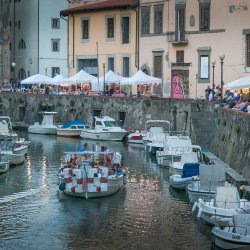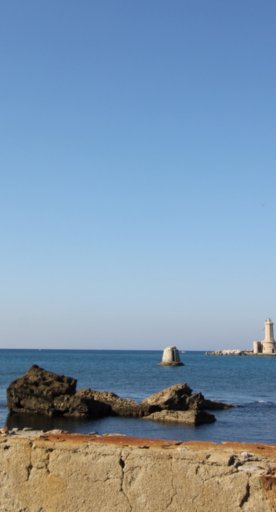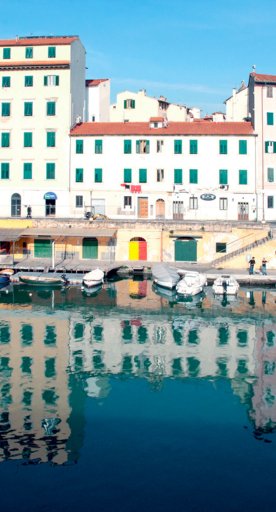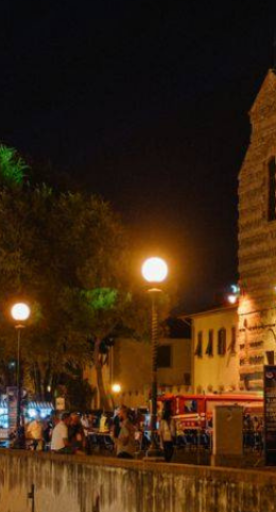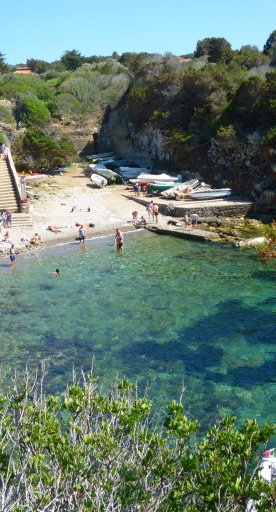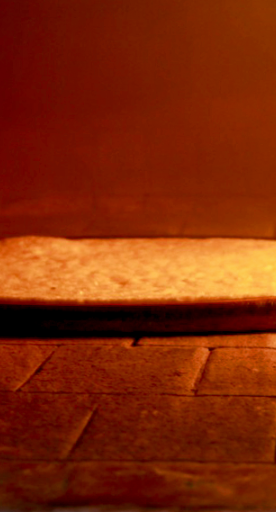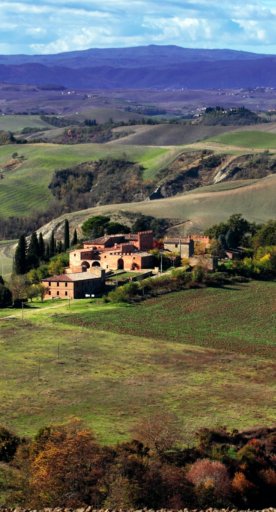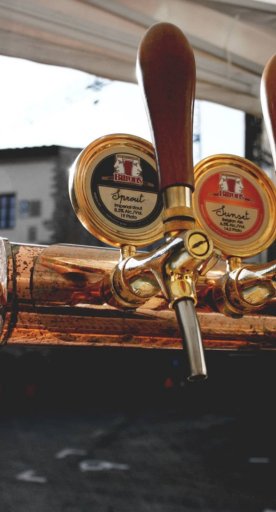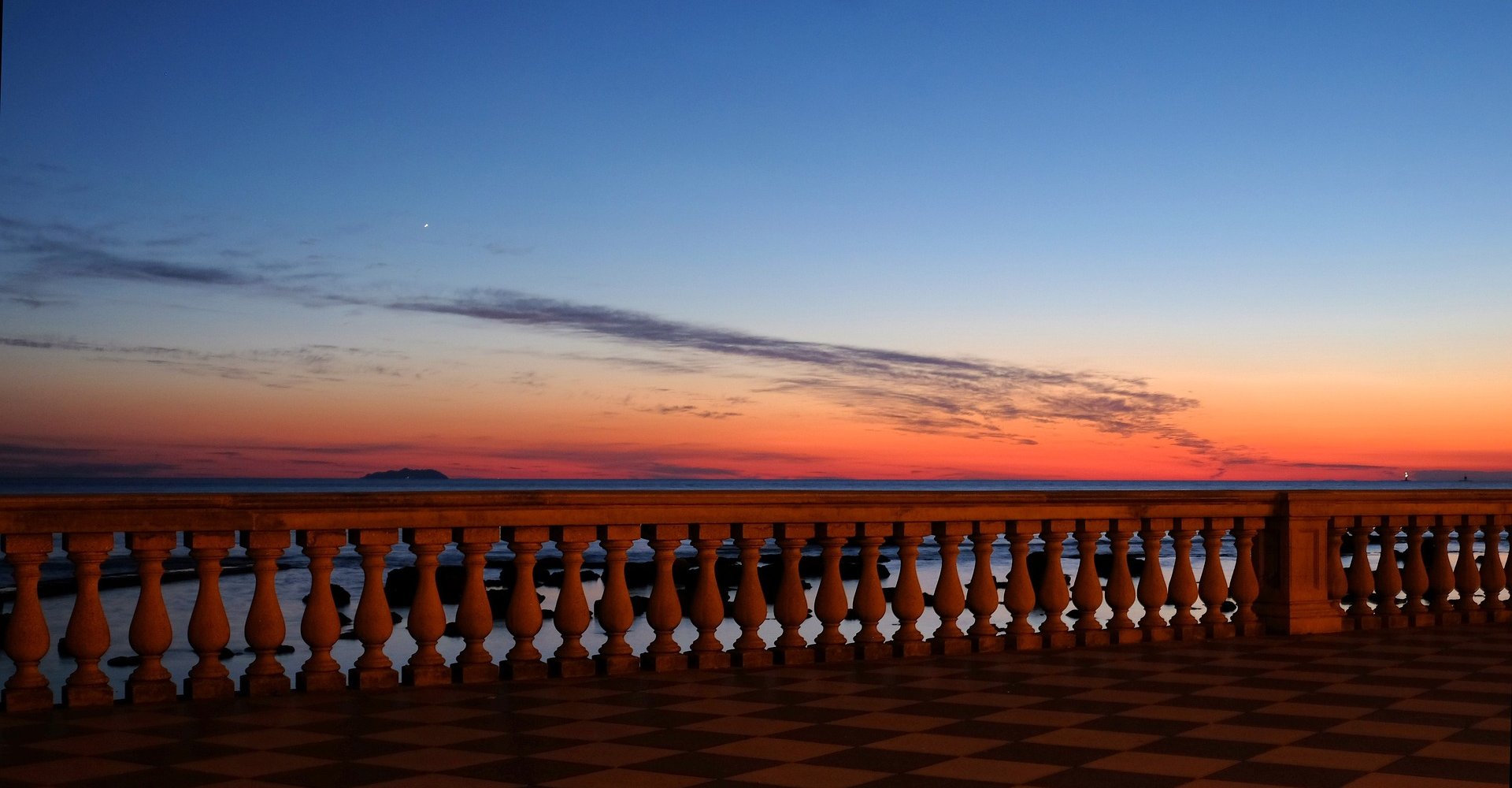

A journey through Livorno's handicrafts
The treasures of a border town, between history and craftsmanship
Livorno, a land of riches, crops and vineyards, hills and archeology. A city that makes the meeting of sea and land its strength by giving rise to important artistic traditions.
Here are a few insights into the craftsmanship of Livorno, a terrace on the sea, a place where distant cultures converge.
-
1.Coral
-
2.Wood
-
3.Iron
Coral
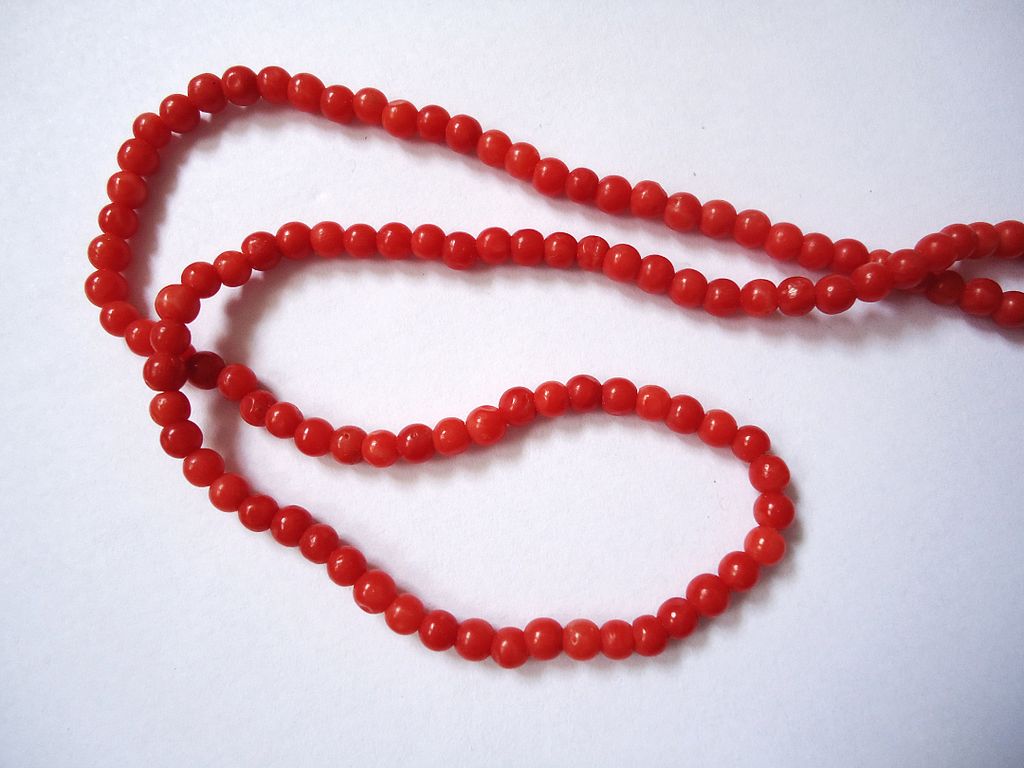
To talk about coral processing, it is necessary to take a step back in history. The city of Livorno, because of its position on the Tyrrhenian Sea and its function as a port of call, has always had the characteristic of being a territory permeable to migratory flows. Political and social events and, in particular, the Livornina Constitution issued by Ferdinando Medici favored the settlement of foreign populations in the port city between the 16th and 17th centuries, drawn mainly by trade facilitation and religious tolerance.
In this context, many Genoese coral masters and Armenian merchants arrived in Livorno, along with Jewish artisans and merchants from Spain and Portugal, where they were being persecuted. It was these latter in particular who brought to the city the secrets of coral processing.
In the 17th century it was customary to "toresare" coral, or reduce it to grains, and then ship it by sea to places such as Alexandria, Egypt. During this century and the next, coral processing and trade was at its peak. Coral was fished in North Africa and brought to Livorno by Neapolitan, Sardinian, and Corsican vessels. In the 18th century, coral-related business exceeded one hundred thousand zecchini (the money used for trade at that time).
After a period of deceleration - during French rule- workshops multiplied and specialized in the various stages of processing, sorting and grading throughout the 19th century. The labor force consisted mainly of women (the "corollaie", i.e., coral makers) who often worked at home. Particularly fine were jewelry such as necklaces, brooches, bracelets and pendants, as well as statuettes that adorned the homes of the nobility. However, in addition to drawing rooms, coral is always found in symbols of popular superstitious rites: in fact, it is said to be ideal for making amulets against the evil eye.
Wood
Being such an important seaside town, Livorno has seen the birth of so many vessels. Carvers, carpenters and shipwrights have always accompanied the shipbuilding phases here. The 19th century also saw the intensification of woodworking destined to make furniture with excellent imported raw materials. Thus was born the trade of the ebony craftsman, that is, the one who knows the techniques of carving, inlaying and varnishing.
Attracted by the incentives granted by the grand dukes to artisans, a number of families of carvers and engravers settled in Livorno during the seventeenth century: ebony craftmanship or the art of the cabinet makers joined the work of carpentry in the city's workshops. Again - similar to the development of coral and iron - the revival and establishment of this type of craftsmanship in Livorno coincided with the restoration of the Lorraine. Under the influence of the Empire style inherited from the period of Napoleonic occupation, the grand dukes dictated the rules of taste, preferring the imitation of Baroque and Rococo. The art quickly spread, and even a small handcrafted wooden furniture item became indispensable in the homes of wealthy families.
A number of technical and aesthetic traits developed during the 1830s set Livorno furniture apart from all others, for example, mahogany veneer and the refinement of inlay on softwoods that echoed threaded geometric motifs that left ample free space. These features are often complemented by a series of devices and contrivances that allow the same piece of furniture to be used for multiple functions.
Iron
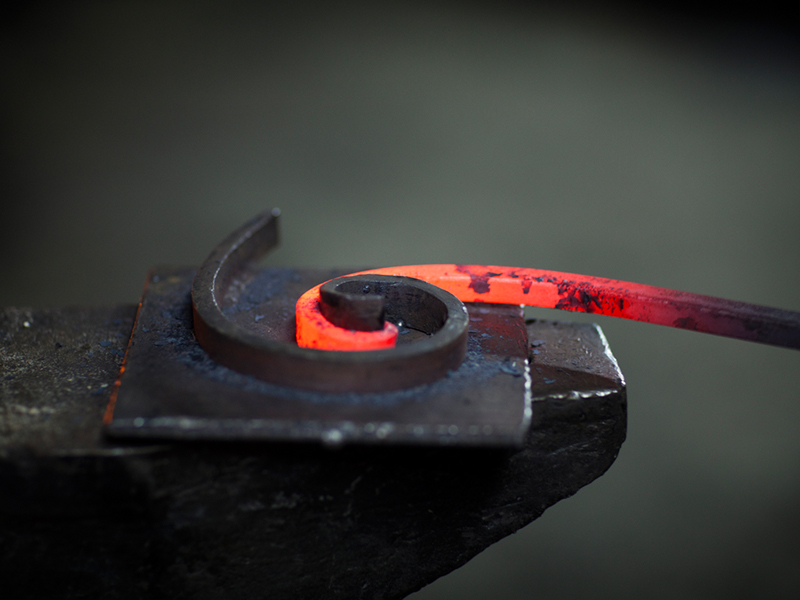
In 19th-century Tuscany, Livorno was at the forefront of the use of melted iron. Artistic production of fine furnishings included wrought iron beds, washstands, fixtures, lamps, and clocks.
In 1842, the inauguration of Porta San Marco, completed in the grand ducal foundries of Follonica, marked a significant turning point in the working of this material. The door, in fact, represents one of the first attempts in Tuscany to establish a union between construction and aesthetic potential, anticipating architectural solutions that would later characterize railway stations, public buildings, and European markets.
The new technology asserts itself in parallel with traditional wrought iron crafts, providing artistic handcrafted products intended to beautify gardens and buildings. From railings, balconies, fountains, and gates made with taste and technical experimentation, we come to sacred furnishings, such as altar fences or staircases for pulpits and balustrades. But it is above all the spread of gas lamps that established melted iron as a technique for street furniture of the period. With the help of steam engines, Livorno also engaged in the industrial production of gas pipes and rails for railroads. The skilled workers in shipbuilding gor a further boost from these sectors.
The tradition has not been lost, and iron remains a "noble" material that - along with other metals such as brass - is still widely used in the handcrafted production of furnishing accessories.

